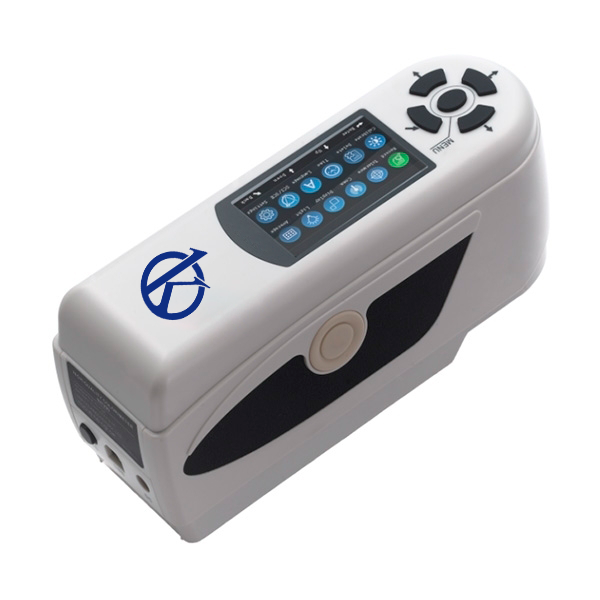The Colorimeter is an optical device that can be used to measure the absorption of a chemical at a specific wavelength of light. This wavelength can be adjusted by using a filter and can be measured with a photometer. The colorimeter is often used to analyze the chlorophyll content of plants.
The process of reading a colorimeter may seem intimidating, but it is quite simple once you understand the concept. The key to reading is to understand the principle of light absorption. White light is a mixture of all colors in the visible spectrum. When lighting a substance with white light, some of the colors are absorbed while others are reflected. The amount of light in each color that is reflected can be measured using a colorimeter. This measurement can be converted to a quantitative reading using a calibration table.
Characteristics
The colorimeter consists of three main parts: the filter, the light meter and the lens. The filter is used to select the wavelength of the light to be measured. The light meter measures the amount of light that is reflected on the filter. The lens is used to focus light on the light meter.
To measure the absorption of a substance, two measurements are needed: one for the substance in question and one for a reference substance. The reference substance is used to establish a baseline. For example, if chlorine is to be measured in water, a cup of chlorine-free water is to be used as the reference substance.
The first step is to place the reference substance on the colorimeter. The amount of light that is reflected on the filter is measured and the value is noted. Then the substance to be analyzed is placed on the colorimeter and the amount of light that is reflected is measured again. The difference between the two values is used to calculate the percentage of absorption of the substance.
It can also be used to analyze a wide variety of substances, such as chlorine, nitrogen, phosphorus, calcium and magnesium. It can also be used to determine the pH of a solution. A specific calibration table is needed for a pH measurement.
The colorimeter is a useful device for obtaining accurate quantitative data. With a little practice, anyone can learn how to use it to test a substance.
Working Principle
The working principle of a colorimeter is similar to that of a spectrophotometer, but the former is usually less expensive and more portable. A colorimeter typically has a single light source and detector, whereas a spectrophotometer has multiple light sources and detectors.
The light source on a colorimeter is usually a tungsten or halogen lamp. Lamp light passes through a monochromator, which filters all light except a single wavelength. The monochromatic light then passes through the sample solution and the detector measures the absorbance of the light.
The detector in a colorimeter is typically a photodiode, which converts light into an electrical signal. The detector output is normally displayed in a digital reading or on an analog meter.
Colorimeters are commonly used in industrial settings to monitor the concentrations of various chemicals in the solution. For example, absorbance of light by a solution can be used to determine the concentration of a dye in the solution.
Colorimeter Kalstein mark
In this category, our users will find the appropriate accessories for all the equipment they want to use. This includes a wide selection of Colorimeters belonging to the YR series, it is widely used in industries of plastic, electronics, painting, ink, textiles, garments, printing and dyeing, food, medicine, cosmetics, scientific research institutes, schools and laboratories. Not only can it help to perform color combination and color management studies, but it can also control product quality management. If you need to know more about our range of equipment, we invite you to check our catalog at HERE For more information, we at Kalstein are manufacturers of the best equipment and have the best advice, so that your purchase is the ideal and at favorable prices. HERE

